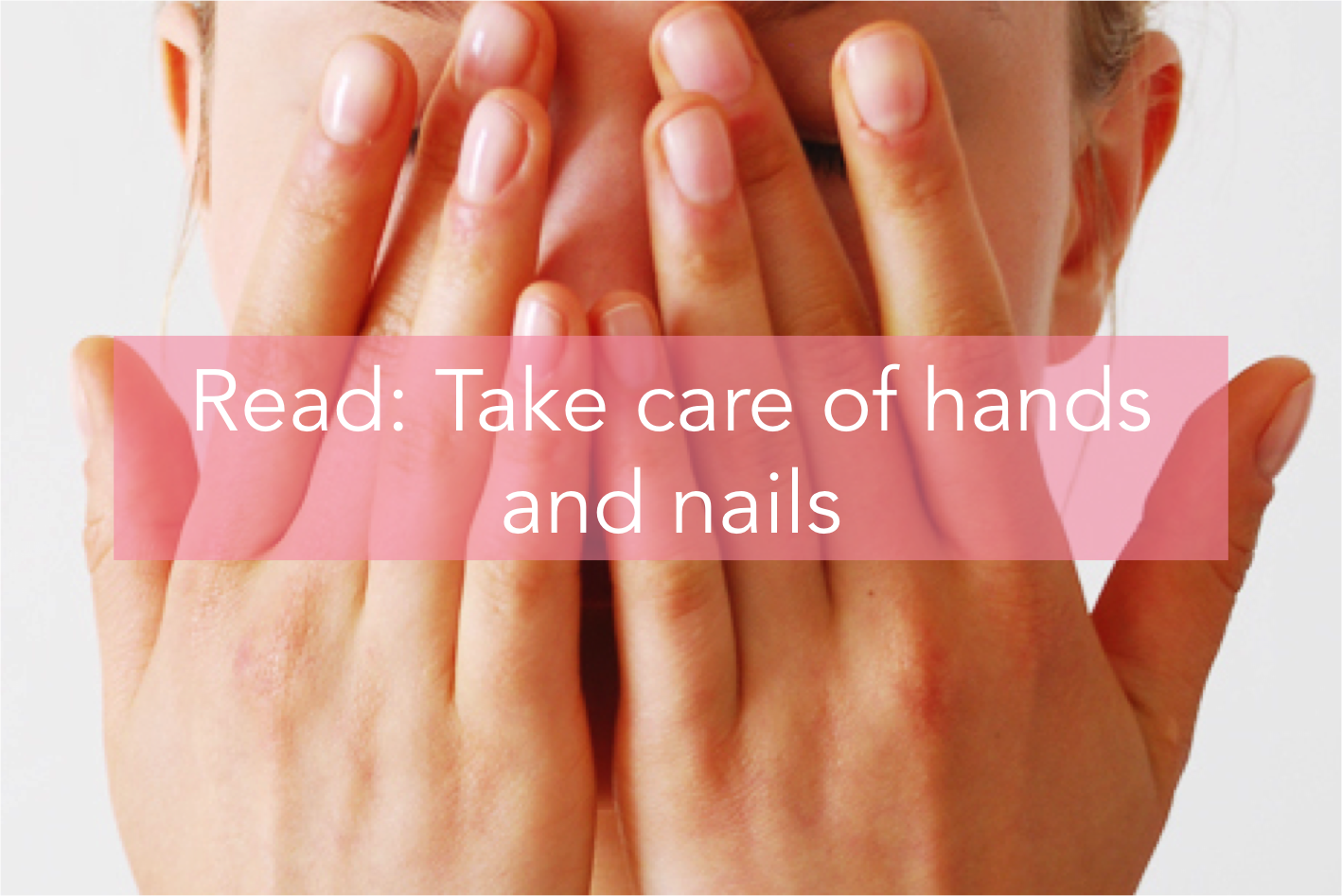Nail biology
Nails are appendages that protect the fingertips. Made of keratin, they have played an important role in our evolution by allowing Man to defend himself, but also by improving the sensoriality of the fingertips and ensuring better dexterity.
Nail biology

Nails appear in the fetus as early as the 4th month of pregnancy.
The nail is composed of different parts including:
• The nail body, which is the hard part protecting the dorsal surface of the fingers. The nail is made of keratin, is about 1mm thick, and its surface is smooth. The hardness of the nail is due to the presence of sulphur rich amino acids, in particular cysteine, which will form bridges between the keratin fibers and bind them closely.
• The nail matrix, which is an area under the skin where the epithelial cells responsible for nail growth are located: the keratinocytes that synthesize keratin.
• The vallum, which is the skin covering the edges of the nails, and the cuticle, the flexible membrane that covers the base of the nail.
The nail area is highly irrigated thanks to the presence of many blood vessels that provide it with the mineral elements necessary for its growth.
A healthy nail contains about 18% water and 5% fat. Since nails are very porous, dehydration is easy. Thus, the nail lipids are organized in a bi-laminar structure parallel to the surface of the nail. These lipids fill the nail’s roughness and intercellular spaces. Like those on the skin, nail lipids protect them from dehydration.
Unlike hair also made of keratin, nail growth is continuous and is not influenced by hormones. Hand nails grow about 3 times faster than toenails: 3/4 mm per month for hands compared to 1 mm per month for feet. The longer the phalanges, the faster the nail will grow. The growth rate of the nail is also influenced by external parameters: high temperatures and regular physical activity will accelerate its growth, while cold temperatures, altitude, or even aging will slow it down.
Nail health
Since nails grow quite slowly, many substances in the environment can integrate into them and influence their condition. Nails are also susceptible to microbiological infections, called dermatoses.
Fragility of the nails can also be a consequence of a problem affecting the production of the nail, or a factor affecting the nail already produced.
Mostly, the fragility of the nails is due to a deficiency in lipids constituting the intercellular cement between the keratinocytes of the nail. This deficiency in lipids causes dehydration of the nail, which leads to its fragility: the nail becomes brittle, streaks vertically, or splits.
An unbalanced diet low in minerals, poor blood circulation, household chores or working conditions put a strain on hands and nails and can make this phenomenon even worse.
Vegetable oils by their composition can help to restore the nail’s lipid film and thus restore and preserve its hydration.




